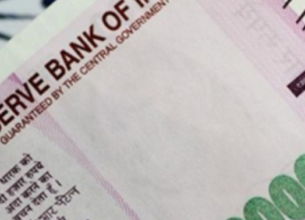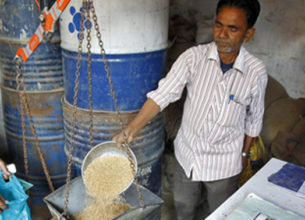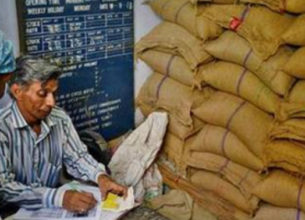ONE NATION – ONE RATION CARD SCHEME
04, May 2020

Prelims level : Governance- Policies, Schemes
Mains level : GS-II Welfare schemes for vulnerable sections of the population by the Centre and States and the performance of these schemes; mechanisms, laws, institutions and Bodies constituted for the Protection and Betterment of these Vulnerable Sections.
Why in News?
- Five more States Bihar, Punjab, Uttar Pradesh, Himachal Pradesh and Daman and Diu have been integrated with the ‘one nation, one ration card’ scheme recently.
About the Scheme:
- Since Ration Cards are issued by State Governments, this implied that beneficiaries could procure food grains only from the designated ration shops within the concerned state.
- If a beneficiary were to shift to another state, he/she would need to apply for a new ration card in the second state. There were other complications.
- For instance, after marriage, a woman needed to get her name removed from the ration card issued to her parents, and get it added to the ration card issued to her husband’s family.
- The ONORC scheme attempts to address this gap in TPDS delivery. Essentially, the scheme has been launched keeping in mind the internal migration of our country, since people keep moving to different states in search of better job opportunities and higher standards of living.
- As per Census 2011, 4.1 crore people were inter-state migrants and 1.4 crore people migrated (inter and intra-state) for employment.
- With the ONORC scheme being implemented, the beneficiary can buy food grains from ration shops located in any of the states.
- Currently, about 60 crore beneficiaries from 17 states and UTs can benefit from the ration card portability and they can purchase the subsidised food grains using the existing ration cards. The government hopes to implement the scheme across India by June 1, 2020.
Standard Format of ‘One Nation, One Ration Card’:
- A Standard format for ration card has been prepared after taking into account the format used by Different States.
- For national portability, the state governments have been asked to issue the ration card in bi-lingual format, wherein besides the local language, the other language could be Hindi or English.
- The states have also been told to have a 10-digit standard ration card number, wherein first two digits will be state code and the Next Two Digits will be running ration card numbers.
- Besides this, a set of another two digits will be appended with ration card number to create unique member IDs for each member of the Household in a Ration Card.
Challenges Ahead:
- Prone to Corruption: Every state has its own rules for Public Distribution System (PDS). If ‘One Nation, One Ration Card’ is implemented, it will further boost corruption in an already corrupted Public Distribution System.
- The Scheme will Increase the woes of the common man and, the middlemen and corrupt PDS shop owners will exploit them.
- Tamil Nadu has Opposed the Proposal of the Centre, saying it would result in undesirable consequences and is against federalism.









